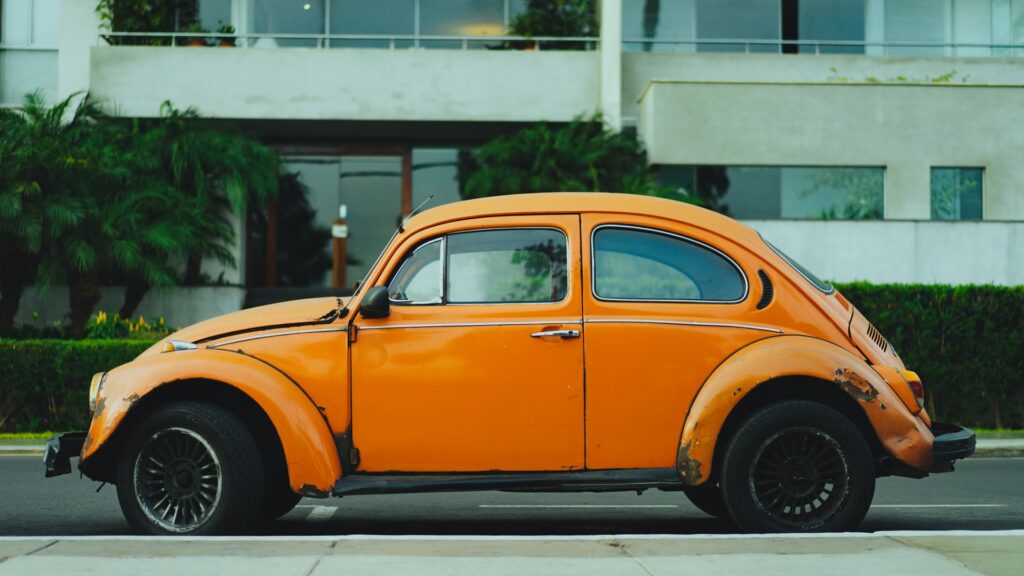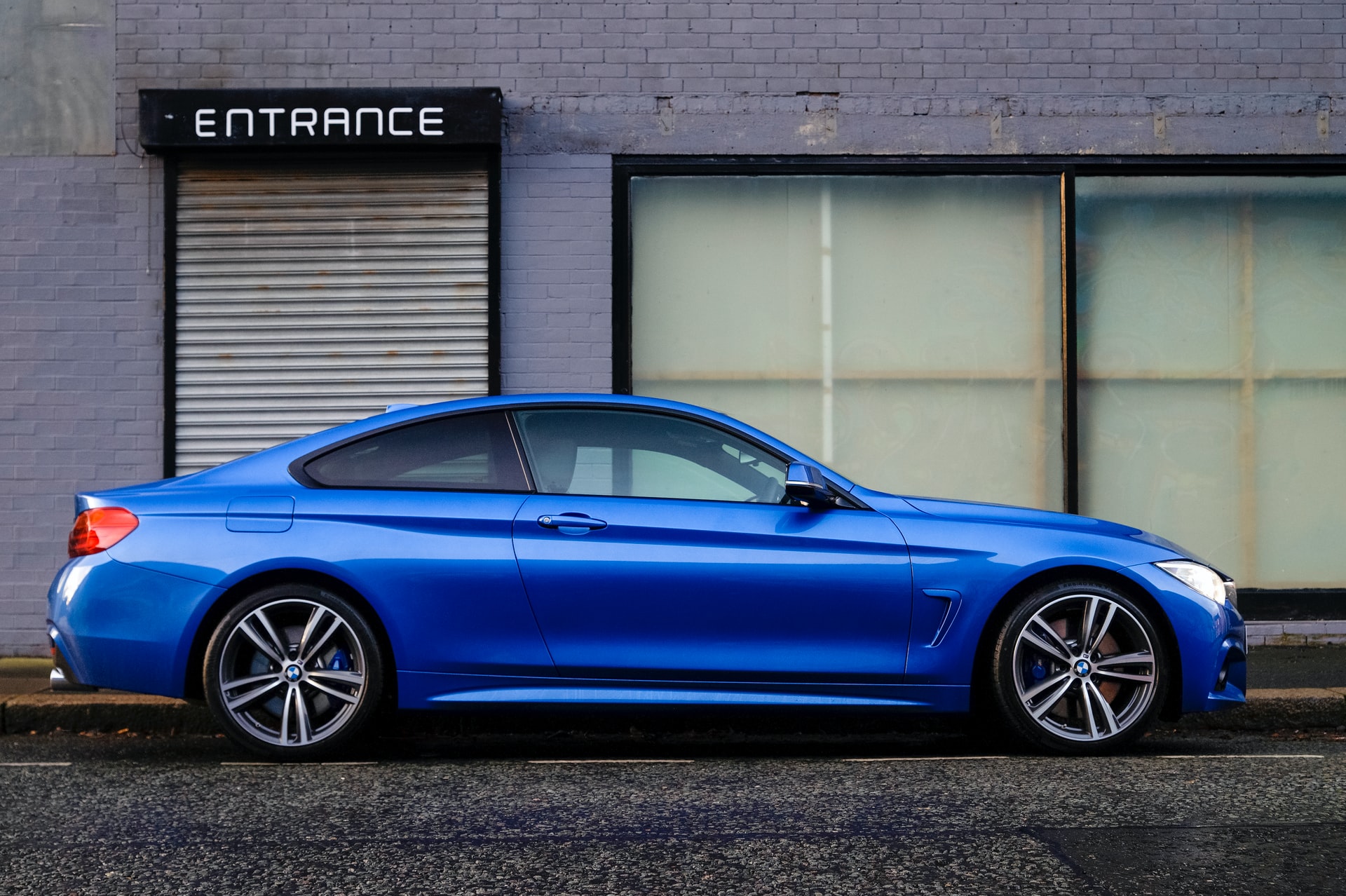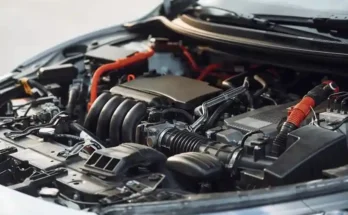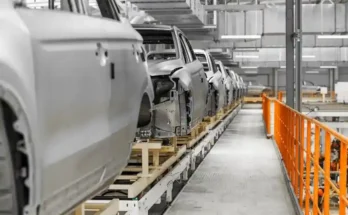Protecting the paint on your car is vital for keeping it looking new and shiny. The many types of auto paintwork protection improve the beauty of your vehicle’s surface as well as its longevity and resilience to harm. Knowing the different forms of paint protection can help you decide which is ideal for your vehicle’s requirements. Enlist the help of a high-quality auto detail company to ensure that your paint is protected for the long haul.
Wax
Wax is the most well-known and well-known sort of paint protection, giving your vehicle a shiny sheen. Although wax protects against dirt and grime, scratches, chipping, scuff marks, and solvents can still damage a waxed car. Wax coats are easily removed with detergent. The wax’s longevity is determined by external elements like temperature and how frequently you clean your car, and it usually lasts 2 to 4 months.
Sealant
When sealants are added to the outside of an automobile, they form a connection with the paint’s surface. Sealants, which are designed to last longer than waxes, can last up to 6 months if properly cared for. Protection sealants were developed to boost vehicle shine while also providing excellent paint protection. However, the temperature and how often you wash your automobile can affect its durability.

Ceramic Coating
A ceramic coating is a crystal-clear covering that is put to the exterior of your vehicle to give it a new, glossy look. Silicon dioxide, a polymeric formed from natural sources, is the most widely used paint protective coating. The polymer develops an everlasting link with the car’s paintwork that is impervious to chemicals.
The UV factor in the Central Coast of Australia is usually between 5 and 8. As you may be aware, a UV index of much more than 5 causes severe sun harm to people and objects outside, such as your car’s paintwork. Ceramic Coating is a great way to protect your automobile from damaging UV rays if you live on the Sunshine Coast or anywhere else in Australia.
It’s also UV resistant, which means the paint won’t fade or oxidize. Ceramic coating also protects the paintwork of the vehicle from scratches, grime, water, and other impurities. Its hydrophobicity prevents water from adhering to it, making it simple to clean and reducing the frequency with which you must clean your car. It gives your car a high-gloss finish that keeps it looking new for years.
Film for Paint Protection
A protective film like vinyl wrapping is the longest-lasting of several types of automotive paint protection. Auto protective passive film is made of thermoplastic urethane and is applied to the sections of the outside that are most vulnerable to paintwork damage. The highly durable film is wonderful and long-lasting for the car’s target locations, but it’s not normally the first choice for all-over automobile coverage.
The energy and cost-efficiency of a vehicle are significantly reliant on appropriate automotive maintenance.
The most frequent methods of automotive paint preservation in Central Coast, Australia are ceramics coating and PPF. If you’re not sure what type to go with, go to a car paint expert. They will help you choose the ideal alternative based on your location’s environmental variables and upkeep requirements.




